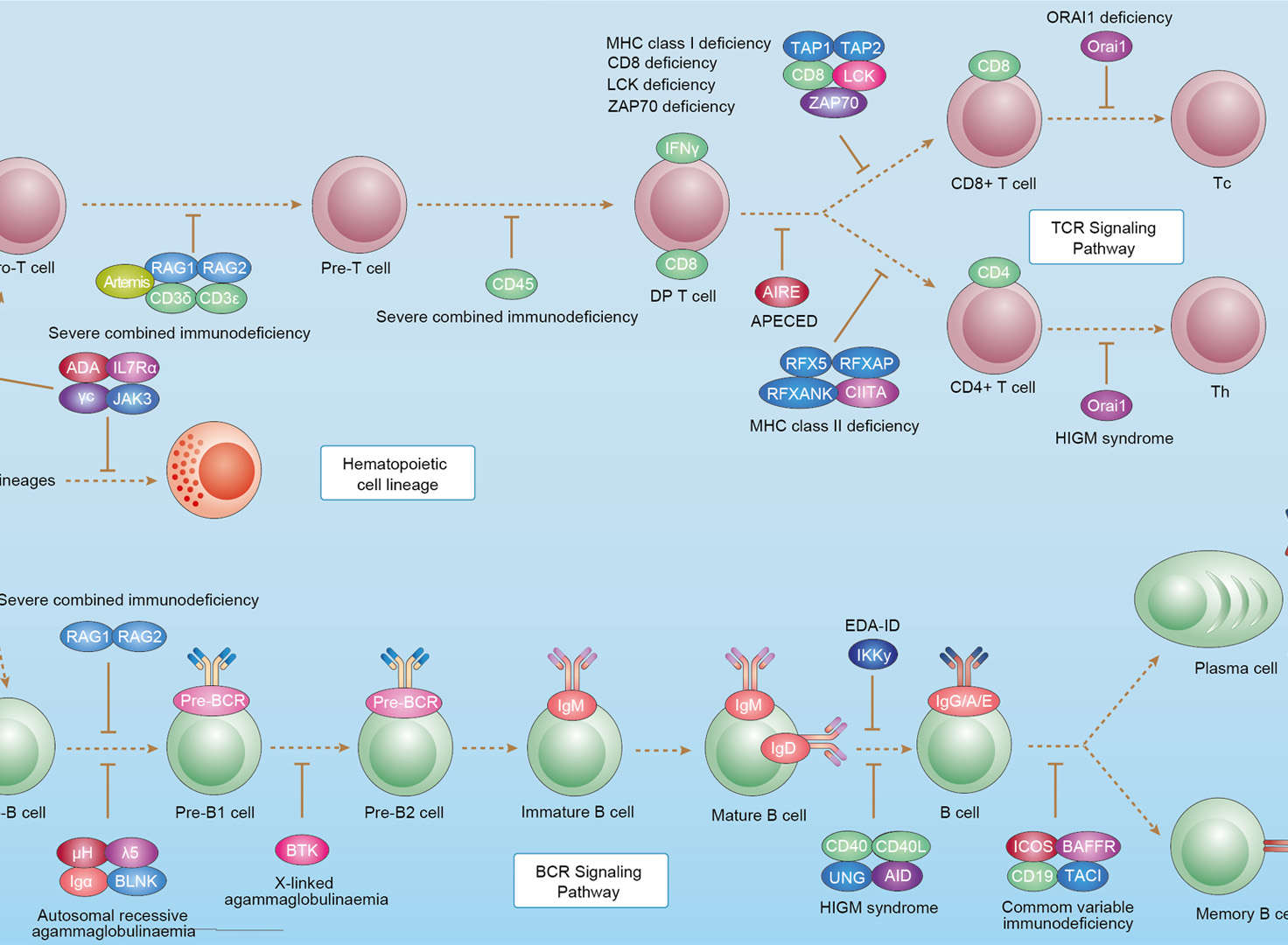 Loading...
Loading...

RFXANK
 Loading...
Loading...Anti-RFXANK Products
-
- Derivation: Mouse
- Species Reactivity: Human
- Type: Mouse IgG2b
- Application: WB, ICC, IF, IHC
- AbPlus™ Anti-RFXANK Magnetic Beads (VS-0724-YC554) (VS-0724-YC554)
-
- Target: RFXANK
- Target Species: Human
- Application: IP, Protein Purification
- Anti-RFXANK Immunohistochemistry Kit (VS-0525-XY6088)
-
- Species Reactivity: Human
- Target: RFXANK
- Application: IHC
- Anti-Mouse RFXANK Immunohistochemistry Kit (VS-0525-XY6089)
-
- Species Reactivity: Human, Mouse, Rat
- Target: RFXANK
- Application: IHC
Can't find the products you're looking for? Try to filter in the left sidebar.Filter By Tag
Our customer service representatives are available 24 hours a day, from Monday to Sunday. Contact Us
For Research Use Only. Not For Clinical Use.
Background
Disease related genes, Human disease related genes, Transcription factors
Intracellular
Low cell type specificity
Low immune cell specificity
Low cell line specificity
Forms homodimers (By similarity). The RFX heterotetrameric complex consists of 2 molecules of RFX5 and one each of RFXAP and RFX-B/RFXANK; with each subunit representing a separate complementation group. Interacts (via ankyrin repeats) with RFX5 (via PxLPxI/L motif); the interaction is direct. RFX forms cooperative DNA binding complexes with X2BP and CBF/NF-Y. RFX associates with CIITA to form an active transcriptional complex (PubMed:20732328, PubMed:22649097). Interacts with RAF1 (By similarity). Interacts (via ankyrin repeats) with RFX7 (via PxLPxI/L motif) (PubMed:25752541).
Activator, DNA-binding


 Primary Immunodeficiency
Primary Immunodeficiency